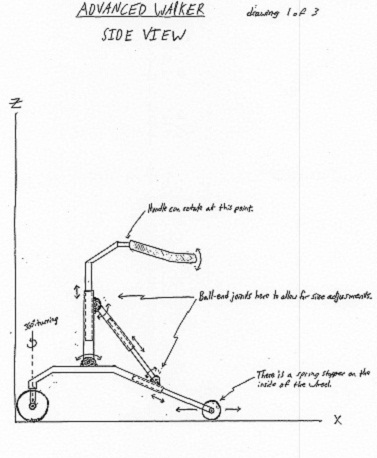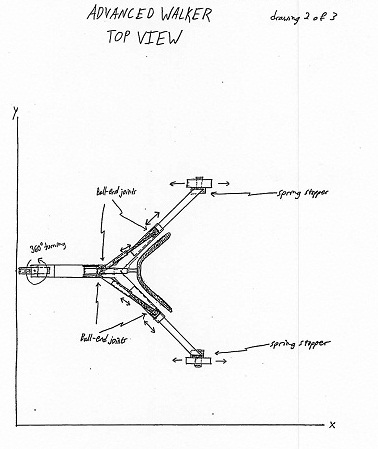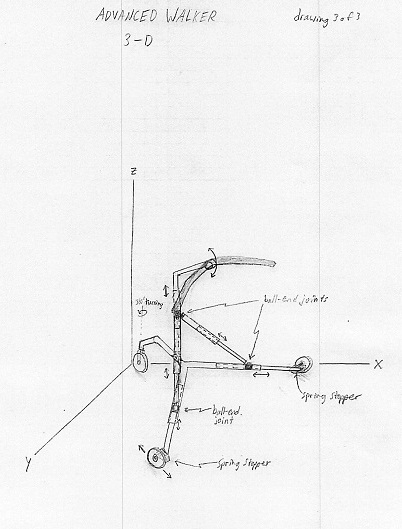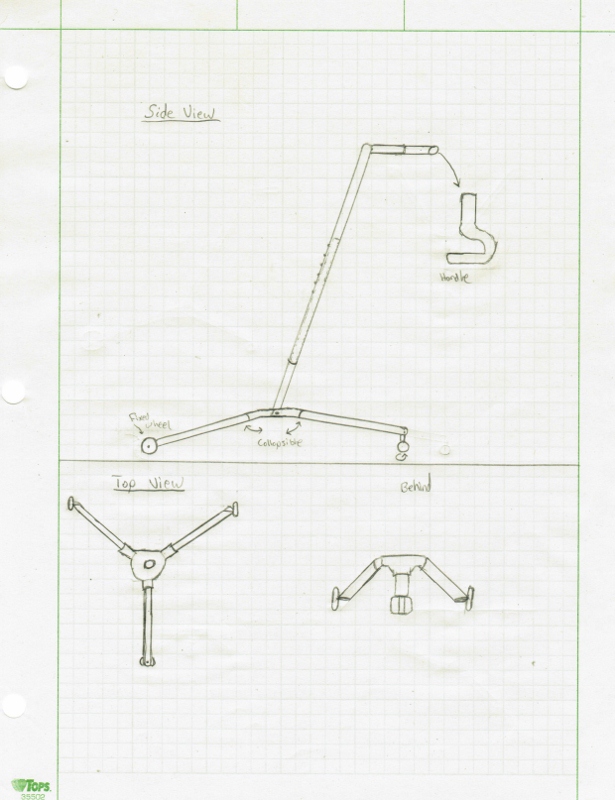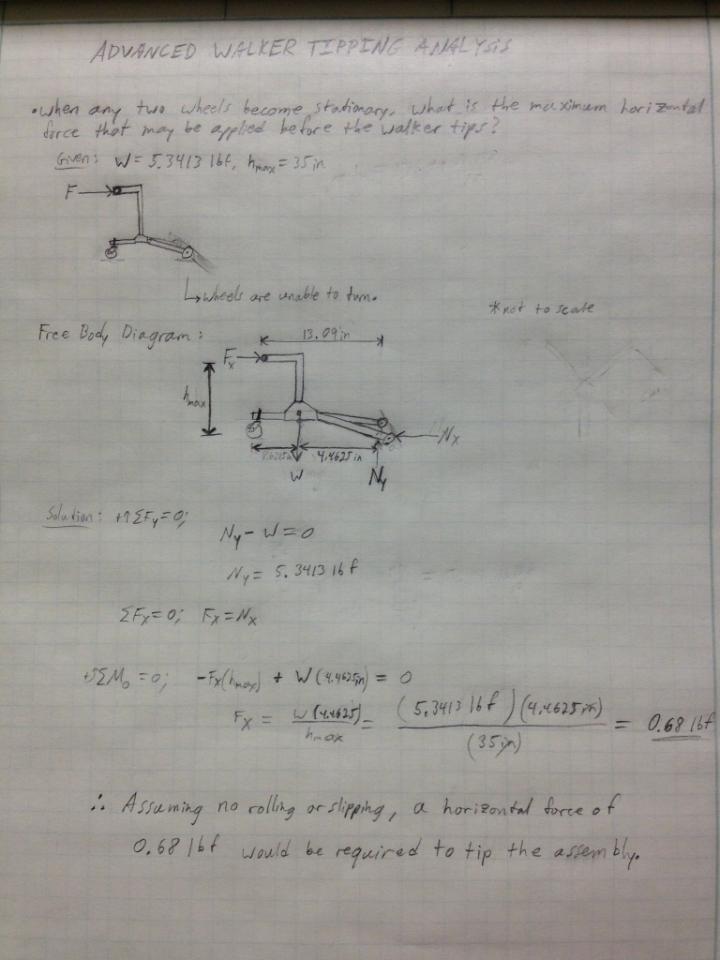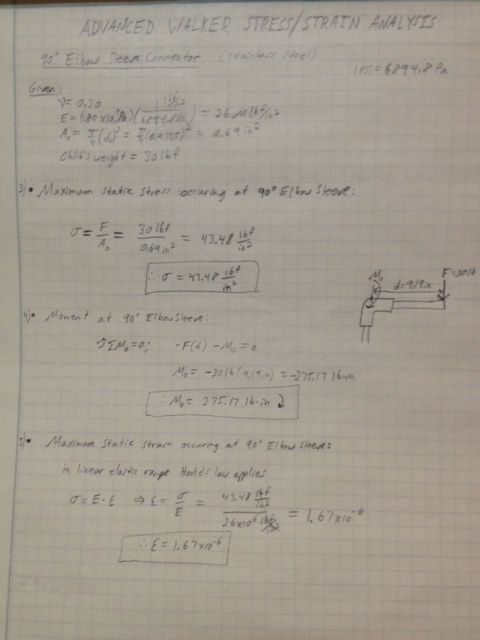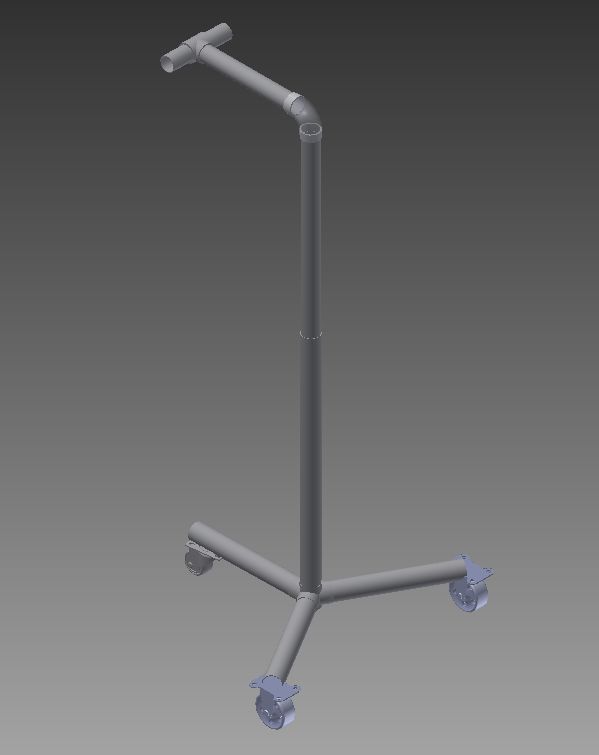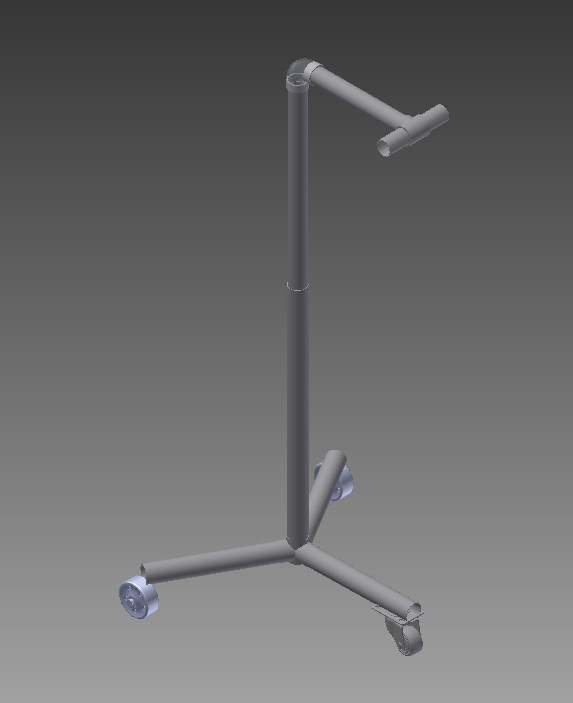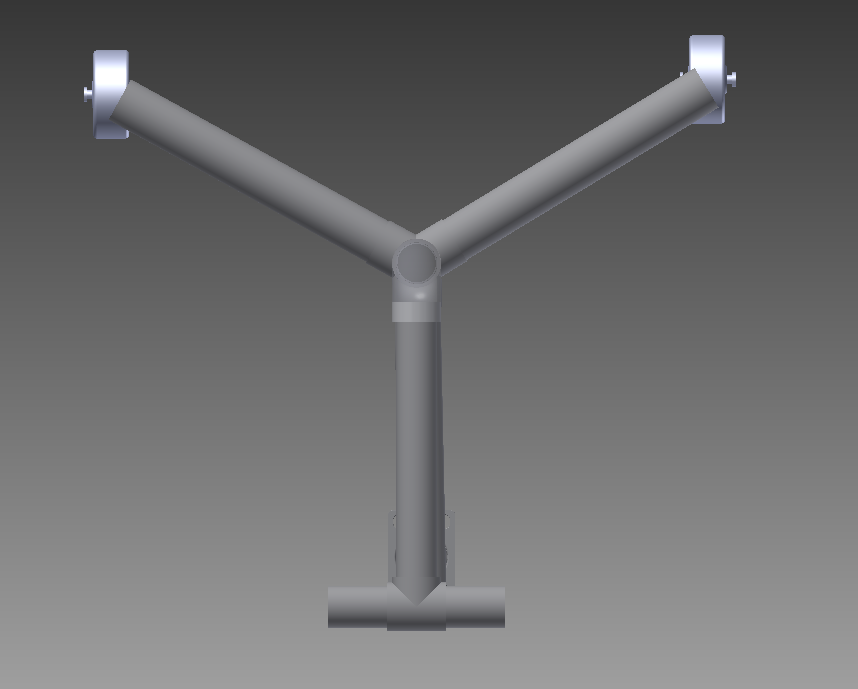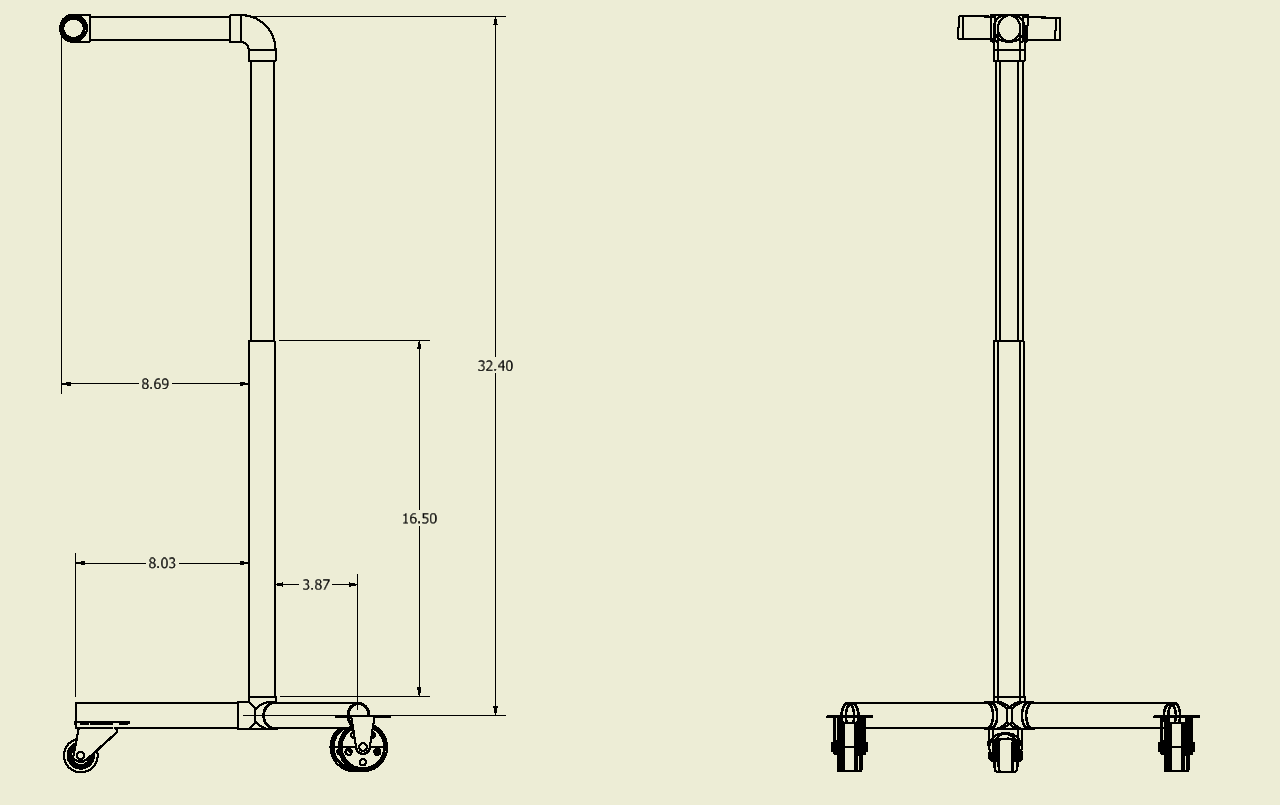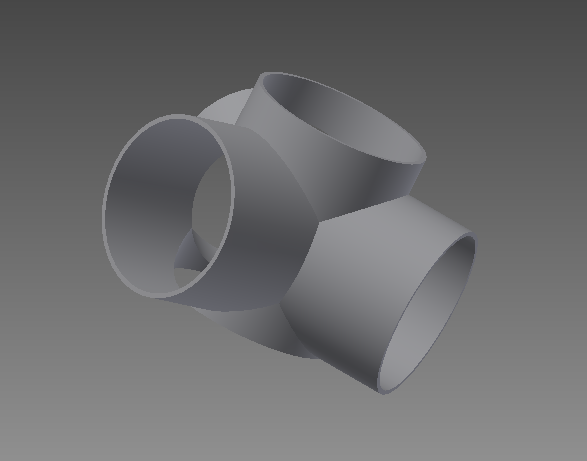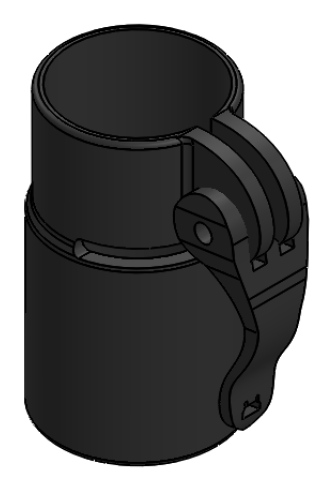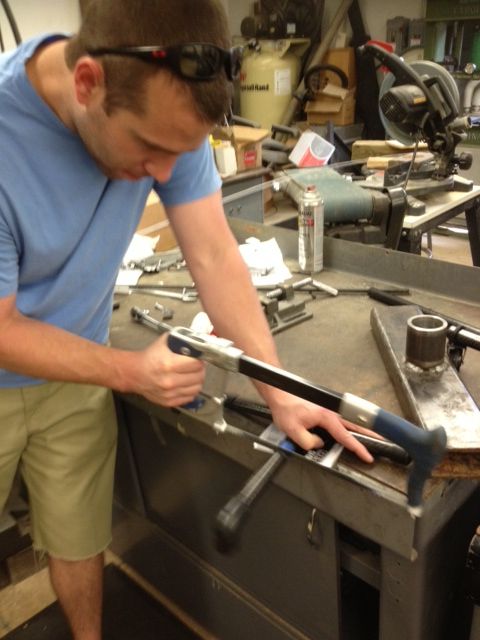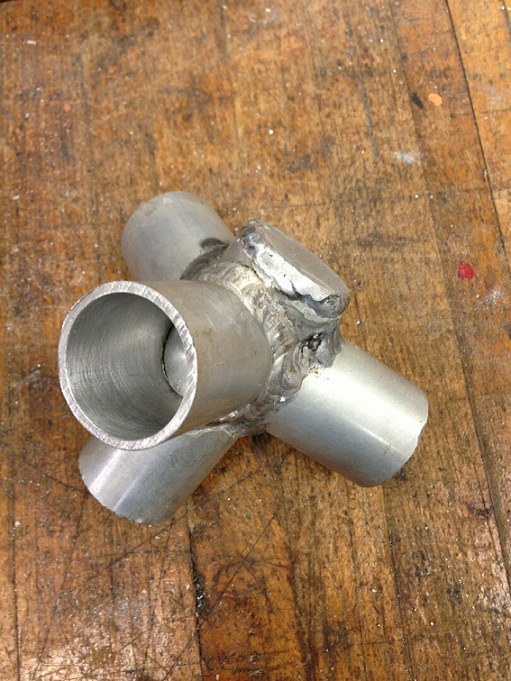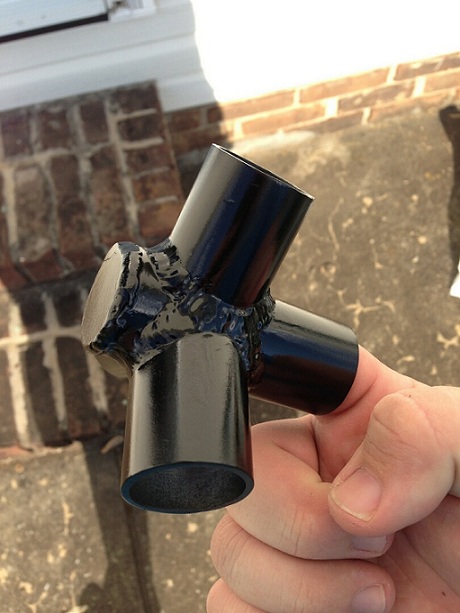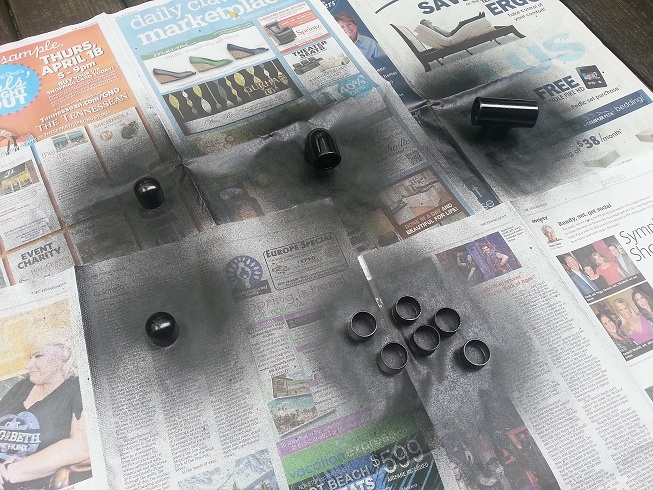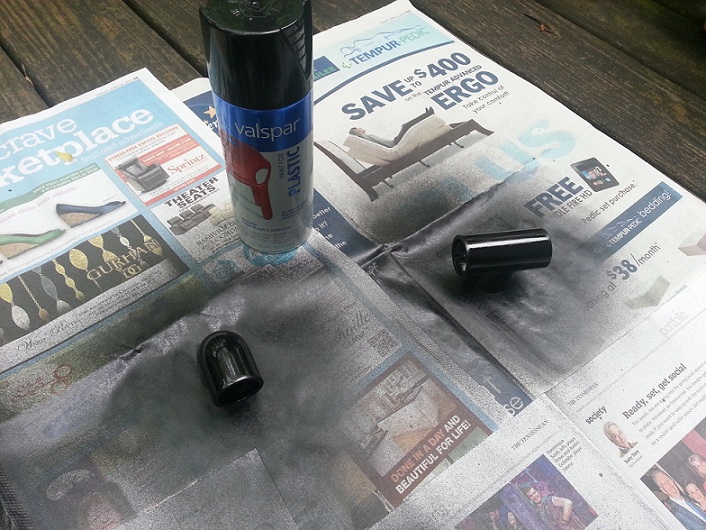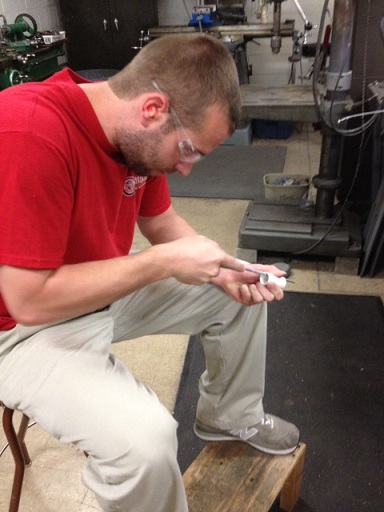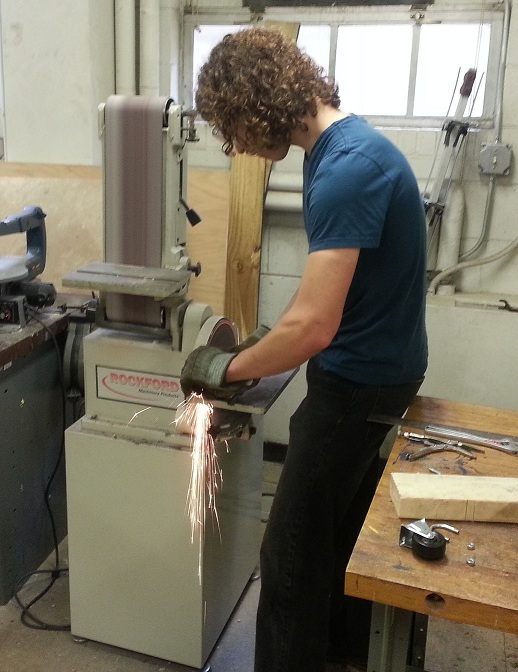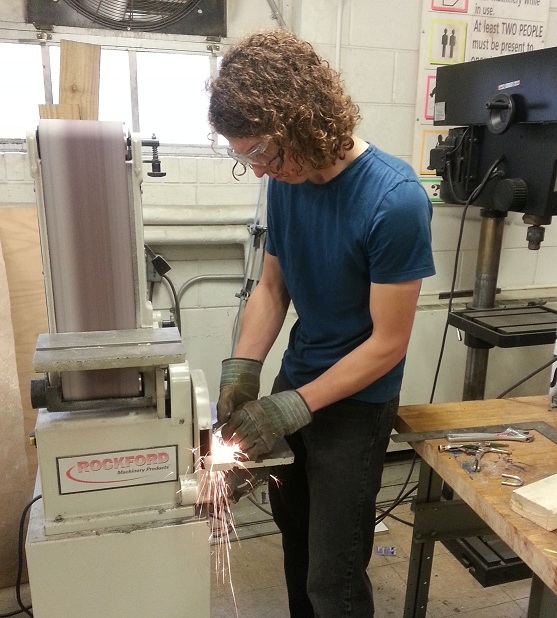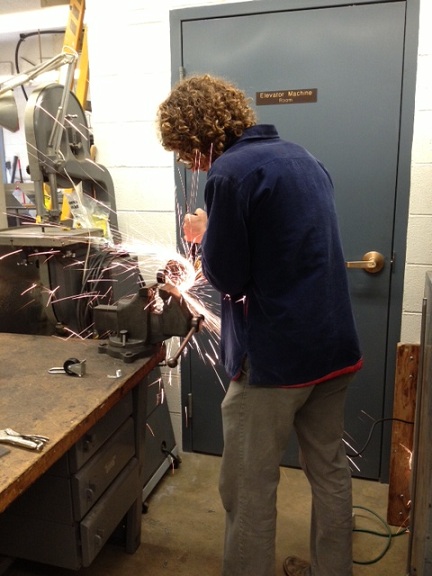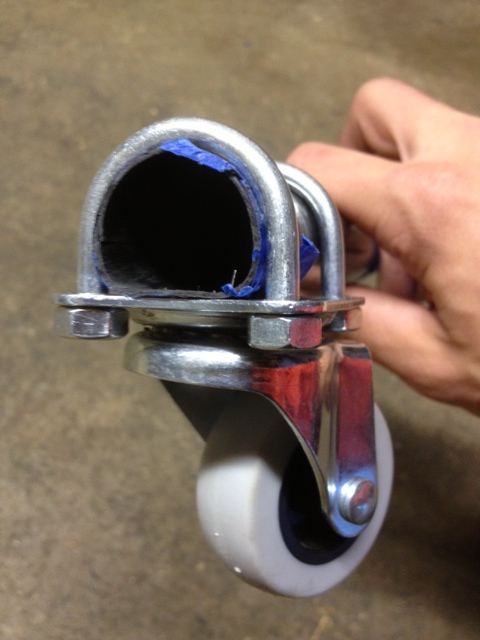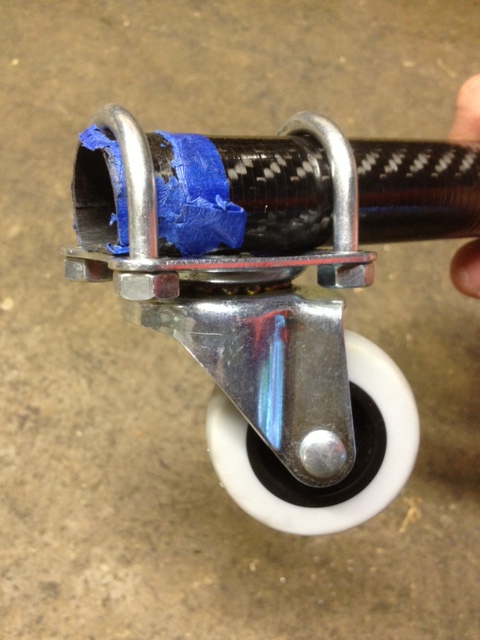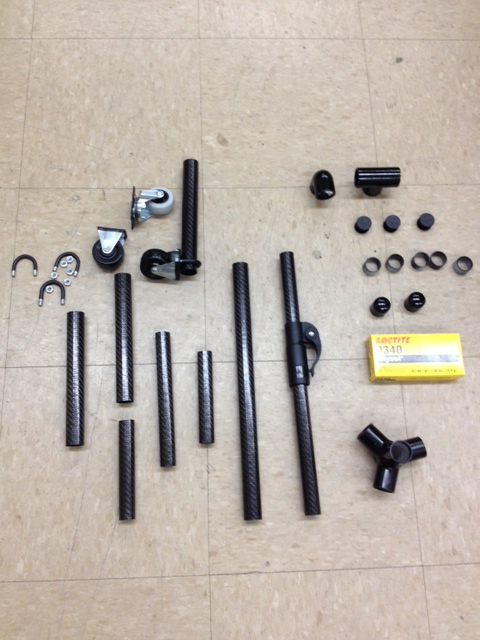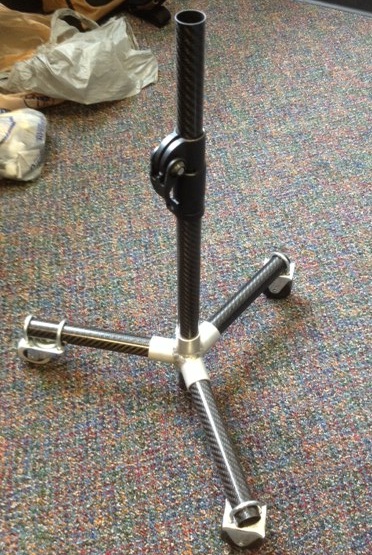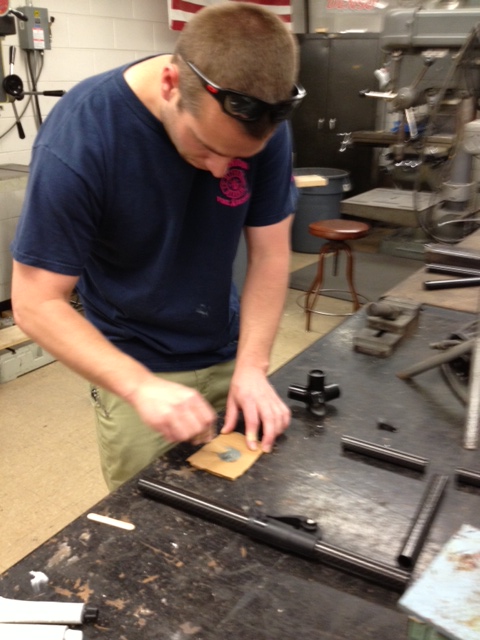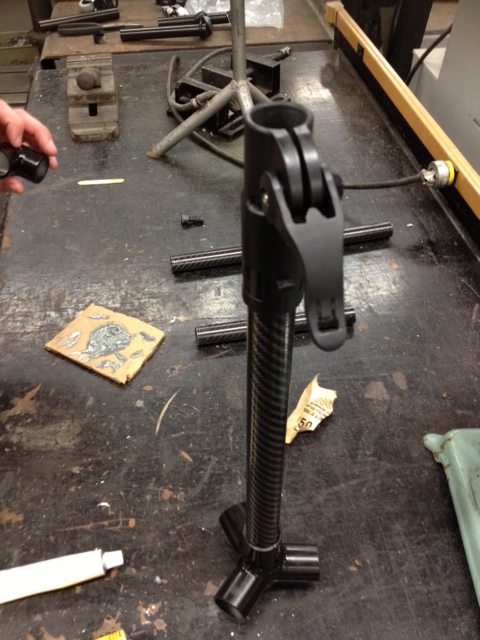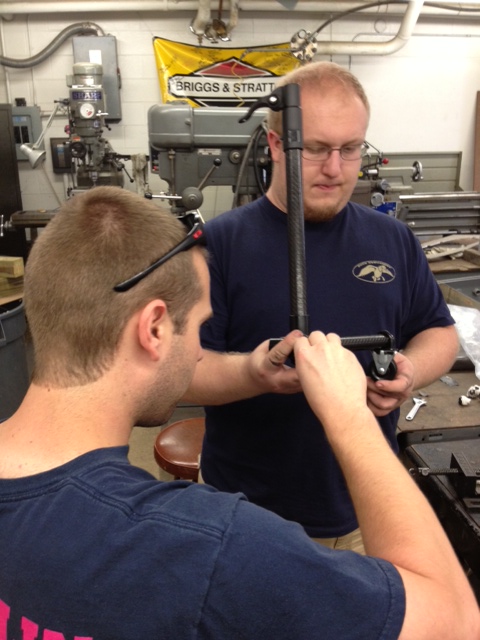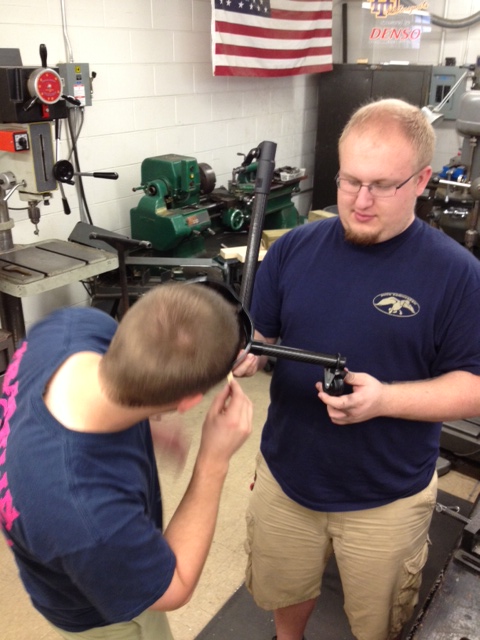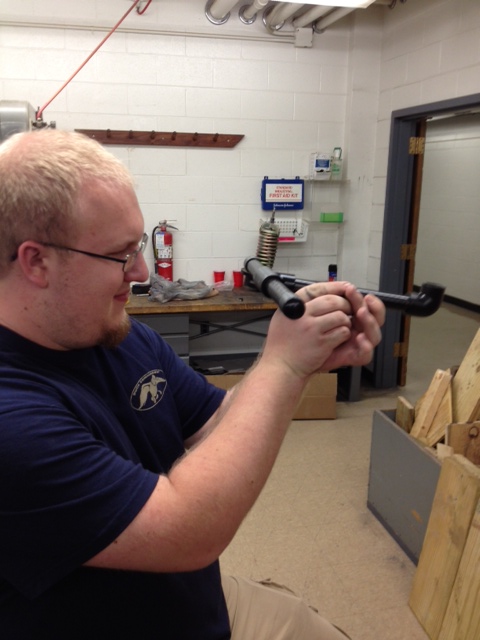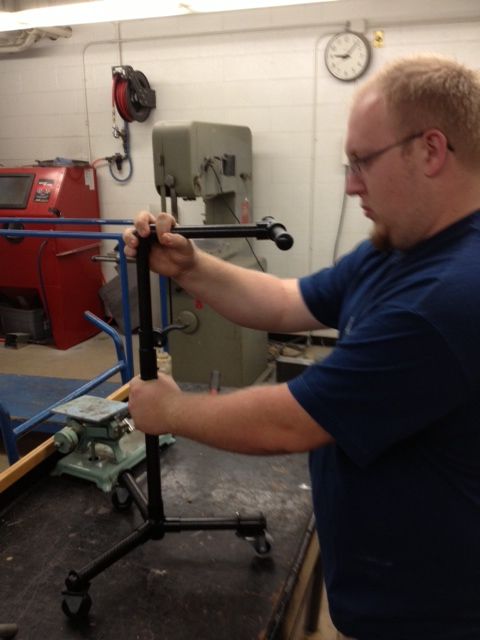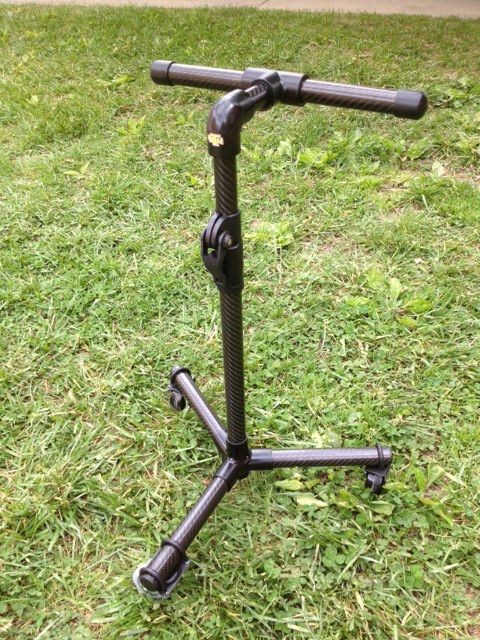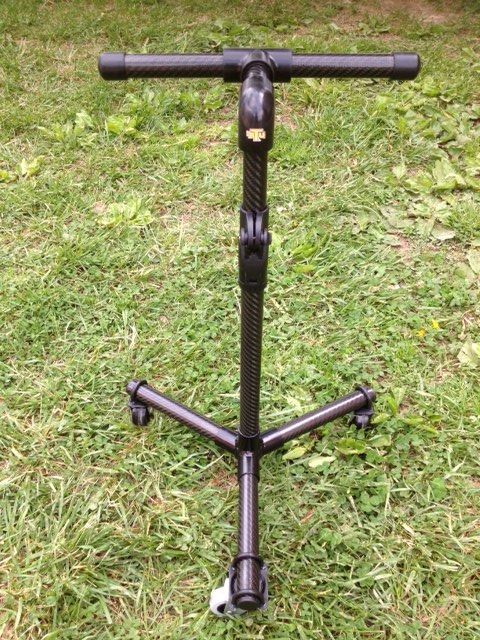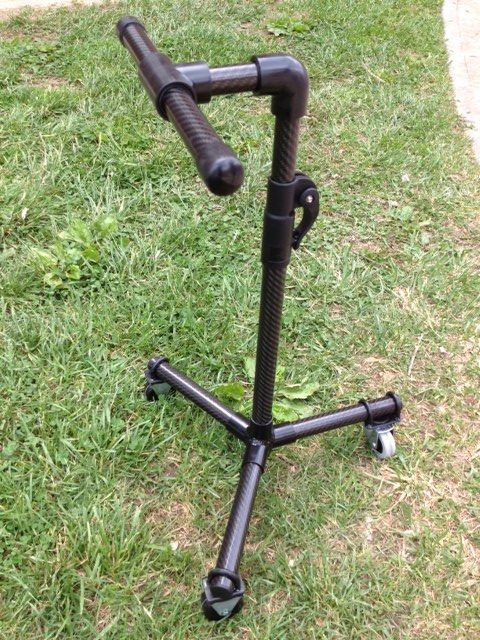Advanced walker S13
Contents |
Abstract
Developing a lightweight walker for a two year old boy with visual impairment.
Team members
Austin Cook
Jarrett Snyder
Caleb Wilson
Introduction
This walker will be designed for a two year old boy who is completely blind. At his current physical and mental development stage he is able to attempt walking on his own. The issue is that he has no tools to aid him in sensing and detecting objects in his path. Due to the instability of a child learning to walk and the visual impairment, a walker has been determined by the family and engineering team as the best option to assist the boy in his desire to walk on his own.
Design Specifications
The walker must meet the following objectives:
- 1. Give the child stable assistance when walking.
- 2. Light enough for a two year old to move.
- 3. Narrow enough to easily pass through doors.
- 4. Maneuverable across various terrain.
- 5. Provides a means of detecting objects in the path of the user.
- 6. Adjustable to provide proper fit through growth of the child.
- 7. Portable for transportation purposes.
Conceptual Design
Design Concept 1
Design concept one focuses on simplicity and portability. It boasts a minimalistic design which in turn provides a lightweight, maneuverable, and portable design. This design is aimed toward a hybrid design of a walker and a cane, while also providing the function of a "white cane" that the blind use as a mobility tool.
Key Features:
- Collapsible legs for portability.
- Simple construction for reliability.
- Flexibility for design tweaks. (ex. collapsible neck, wheel stopper, or resistive wheel bearings)
Design Concept 2
This design is focused on providing a durable structure that is able to provide some support and protection for the child as he learns to walk. There are two main agendas for this design: 1 - to provide stability assistance as the child learns to walk, and 2 - to provide protection from injury as the child becomes more comfortable with walking and exploring new areas.
The idea is to provide a fairly stable walking assistant that also serves as a bumper until the child becomes confident in his own ability to walk and discern his surroundings. This walker allows a great deal of size and geometry adjustments. As the child gets taller, this design would be capable of adjusting to accommodate both his larger size and his improved walking ability. As the height of the walker is raised, the current design would allow for the angle between the main vertical rod and the ground to decrease, creating a less stable walker that is easier to push.
Key Features
- Stable
- Injury Protection
- Adjustable
Design Concept 3
This design, being much like concept 1, will be used to provide the child with a means of a way to help support and protect him as he learns to walk. This design focuses on being lightweight for both the child and parents and act as a walker/cane helping him discover his surroundings in a more positive way to encourage the idea of walking more.
Key Features
- Wider base for stability
- Collapsible
- Versatile
- Ergonomic
Concept Design Ranking
Detailed Design
Description of selected design
The chosen design is an adaptation of the first conceptual design. Due to cost and time restraints the simplicity of the first design provides the best option to suit the customer's needs.
Some modifications of the handle and joints were needed to procede with the detailed design and keep the project on track with the schedule.
Features of the design include:
- Carbon Fiber Tubing
- Aluminum Joints
- Rigid Base Joint
- Telescoping Shaft
Analysis
The necissary engineering analyses for this design include the following: Walker estimated weight, tipping, and 90 degree elbow joint stress/strain/bendng moment analysis.
1. Estimated Total Weight of Assembly:
2. Walker tipping analysis:
3-5. 90 degree elbow joint:
- Maximum stress occurrence
- Moment occurring with same load
- Lateral Strain based on maximum stress
CAD Drawings
- TOP VIEW
Dimensions
- The projected initial height setting for the child is 20" and increasing with age.
- The minimum height of the walker with fully collapsed telescoped shaft will be approximately 18" with a maximum height of around 35".
- This provides adjustability to suit growth and development as well as applications for other children.
Specifics
- The lower leg joint will be constructed in-house using aluminum pipe welded to specifications. Brackets may be added for structural support.
- The clamp used in the telescoping shaft assembly is a simple, yet sturdy, clamp that is easily adjusted.
- The tube used will be carbon fiber to provide stronger than steel support while lighter than aluminum weight.
- Carbon fiber tubing will be attached to all fittings and joints using high strength adhesive.
Bill of Materials
Assembly Instructions
The Walker parts will be bonded together using the Loctite 9340 Hysol adhesive at all joints.
The wheels will be attached using U-bolts dipped in a rubber coating.
No further assembly is required.
Fabrication Process
1. Carbon Fiber tube is cut to length:
2. Bottom Joint is fabricated and finished:
3. Joints are sanded and painted:
4. Wheels and U-joints are finished:
5. Carbon Fiber Tube Fracture Testing
6. Final assembly is prepaired:
Completed design
Total Weight: 2.2 lbs.
Instructions for Safe Use
1. Wear all appropriate safety gear when using this product (ie. helmet, pads, etc.).
2. Only for use under adult supervision. NEVER leave child unattended.
3. Avoid use near stairs or unsafe areas (ie. pools, ledges, fire, etc.).
4. Be aware of new dangers that are now accessed by a walking child (ie. hot surfaces, electric cords, etc.).
5. Areas around wheels and telescoping clamp can pinch fingers and toes.
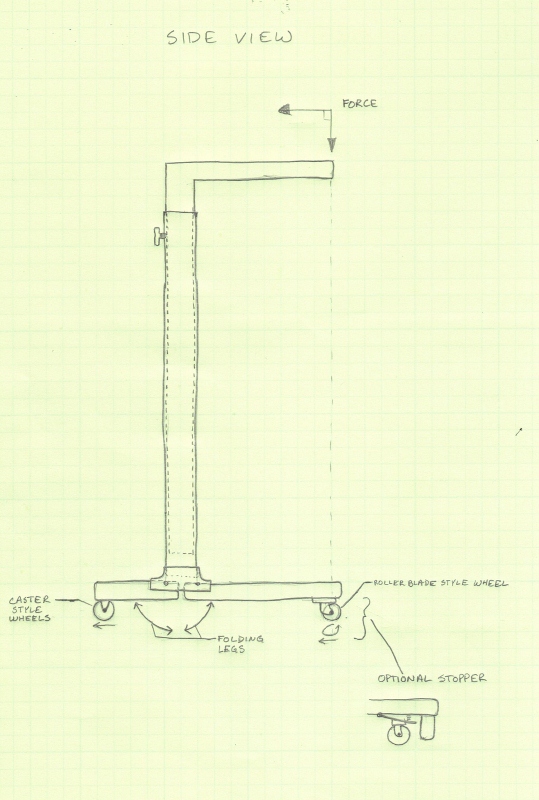
.jpg.jpeg.jpg)
